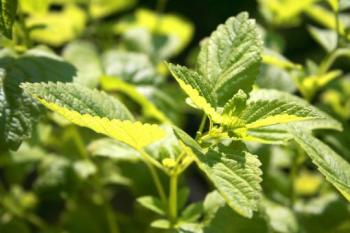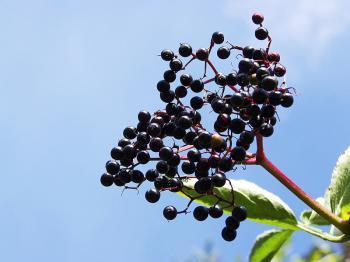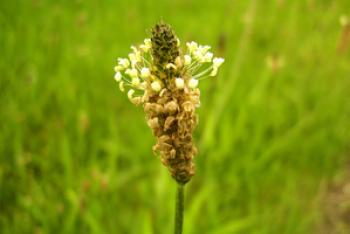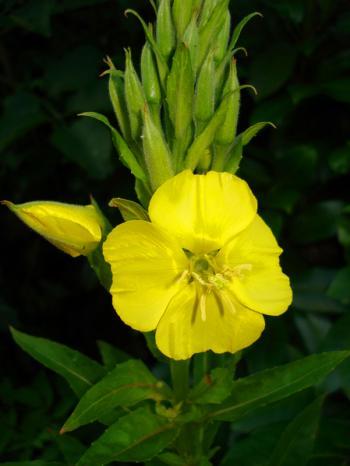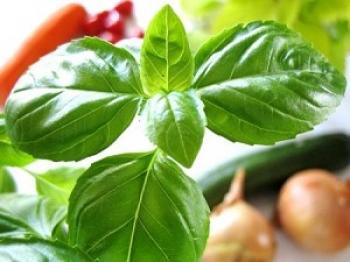Herb of the Month
According to folklore, a plant’s shape holds clues to its uses for the human body. Thus, the heart-shaped leaves of the Melissa officinalis, or lemon balm, make one surmise it is good for the heart.
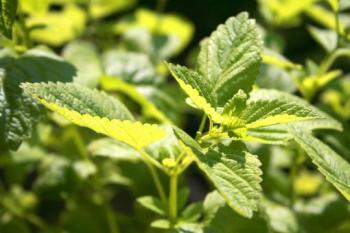
Lemon balm — Melissa officinalis. Kirstin Jungmann/www.pixelio.de
|Updated:


